In Photos: The Science of the Amazing Spider-Man 2
The Amazing Spider-Man 2
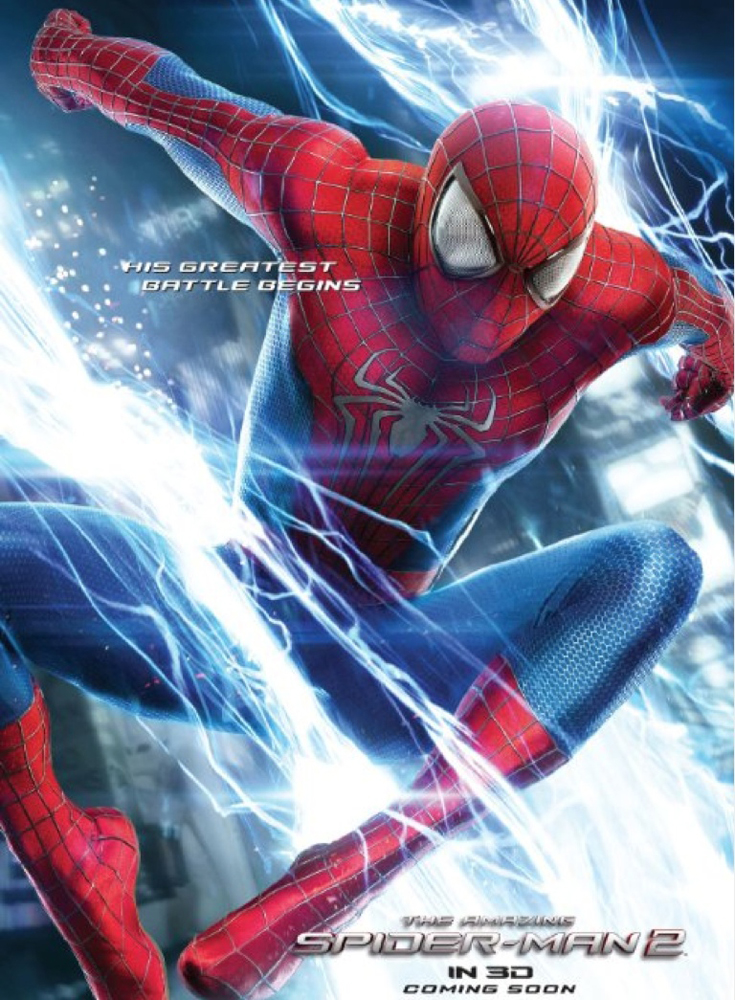
The creators of the visual effects for the new feature film "The Amazing Spider-Man 2" took their cues from nature when designing the look of the mammoth production. Here's a look at some of the science involved in the stunning visual effects and seemingly superhuman feats.
The bad guys
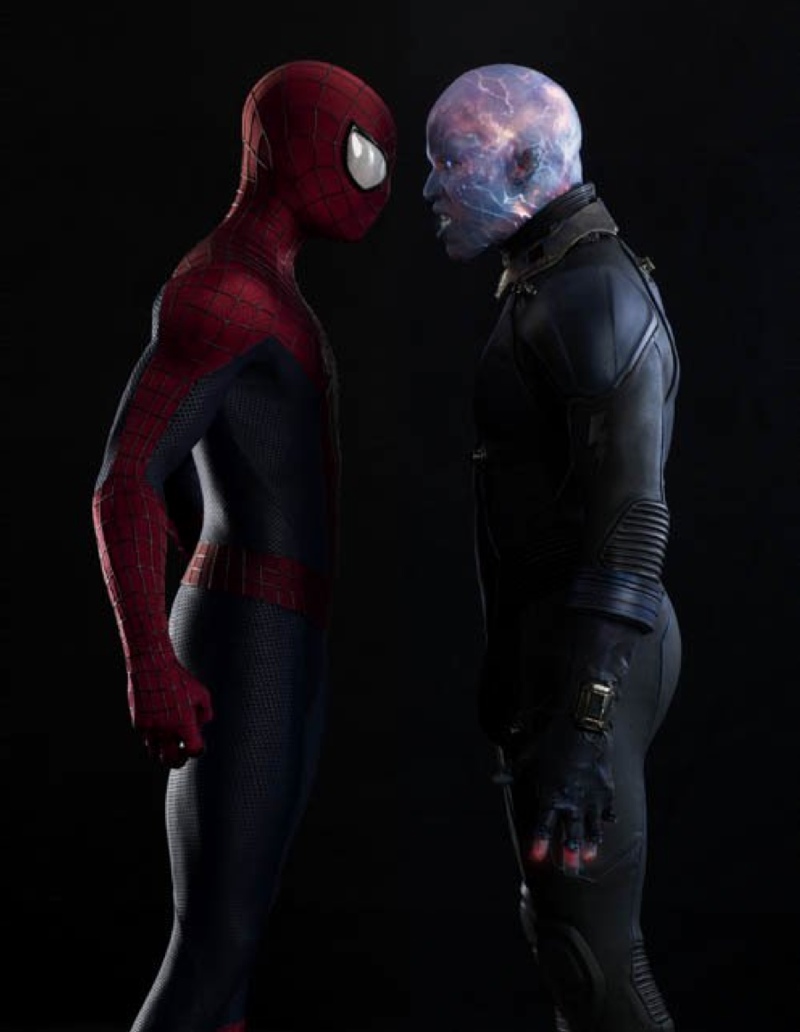
For the new film, the visual effects team reached for the scientific stars when designing the multiple villains that would take center stage: Electro (shown here), the Goblin and the aptly named Rhino, a Transformer-style cyborg.
All the right moves
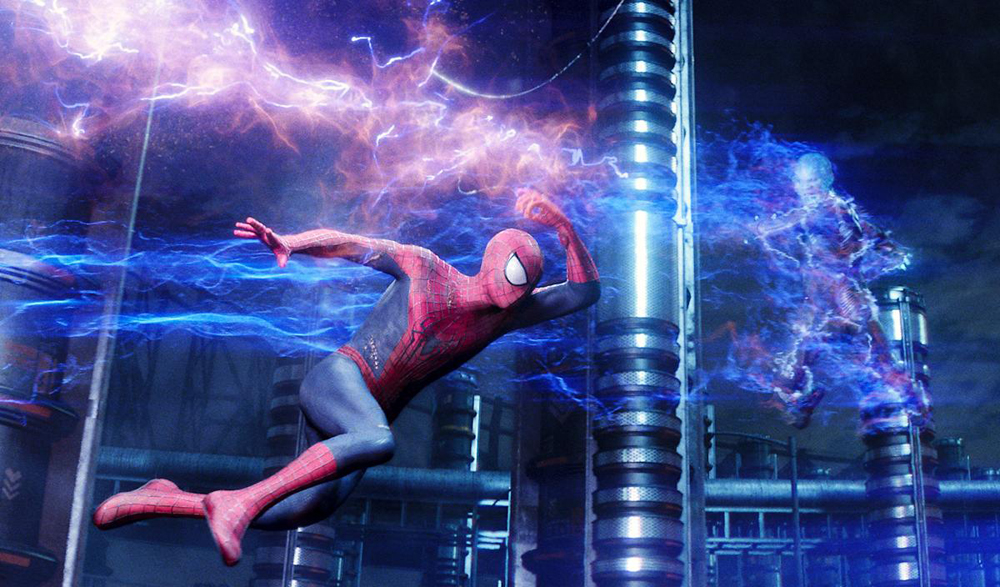
For instance, for Spiderman's acrobatic exploits, such as during his confrontation with Electro (right), an understanding of physics was essential. "Looking at the way that Spiderman moves, we wanted to pay attention to physics, specifically gravity," senior visual effects supervisor Jerome Chen told Live Science.
Not so true-to-life
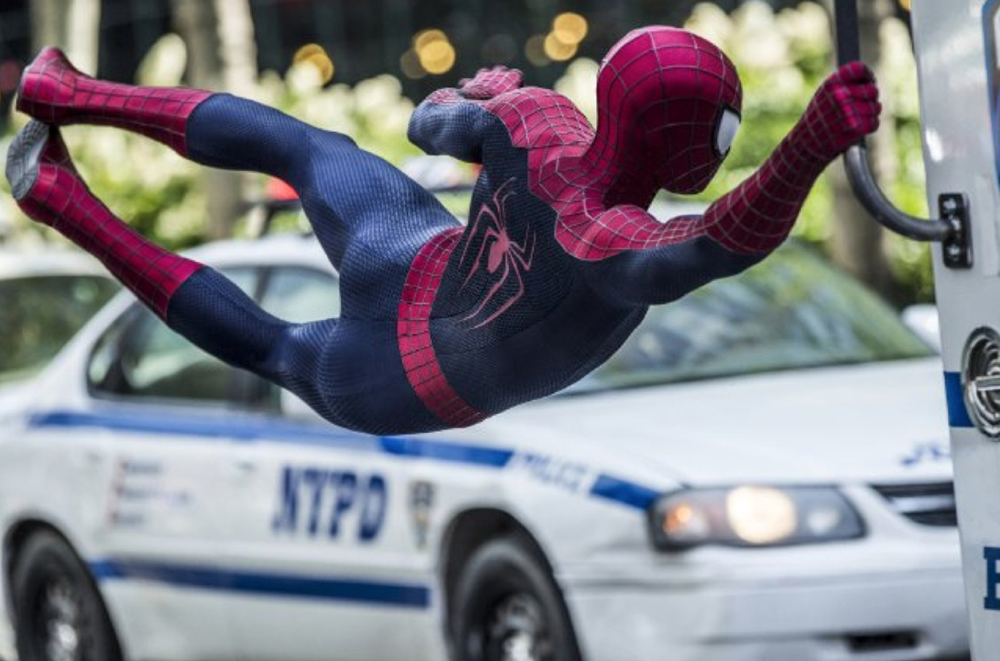
"We gave Spiderman an exemption card in terms of reality in that he can sustain g-forces that would normally tear a person apart, such as being able to swing on one arm without having his shoulder dislocated. We give him that allowance, that his is able to hold his body together."
"In the design process for Electro, we wanted to create a unique look, not just for his internal energy, but also for his effects," Chen commented. Indeed, close-up images of Electro are otherworldly. Behind Jamie Foxx's translucent blue skin, spectacular forces of nature are clearly at work.
Getting charged up
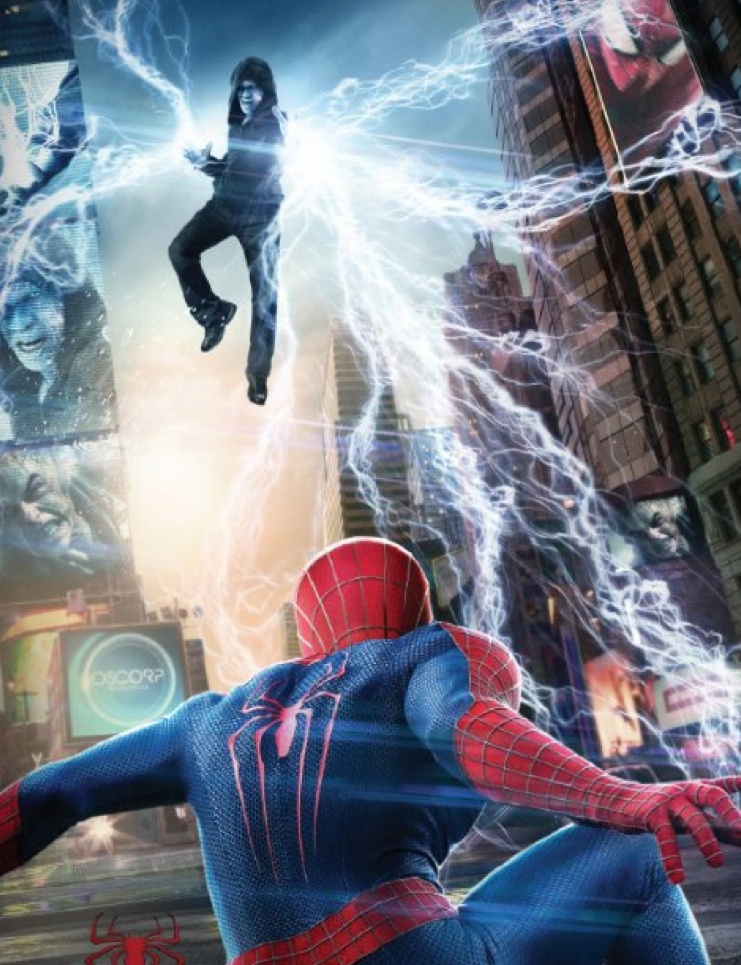
When Electro gets charged up, a swirl of colors reminiscent of the Orion nebula fills his inner form. "We looked toward space. We found some great imagery of nebulae and galaxies and gas and stars exploding. The colors and the texture in those photographs were a fantastic resource for us," Chen said. The effects team also studied graphs of neurological networks within the human brain and electrical storms from orbit as seen from the space shuttle to give Electro his electric look.
Rhino
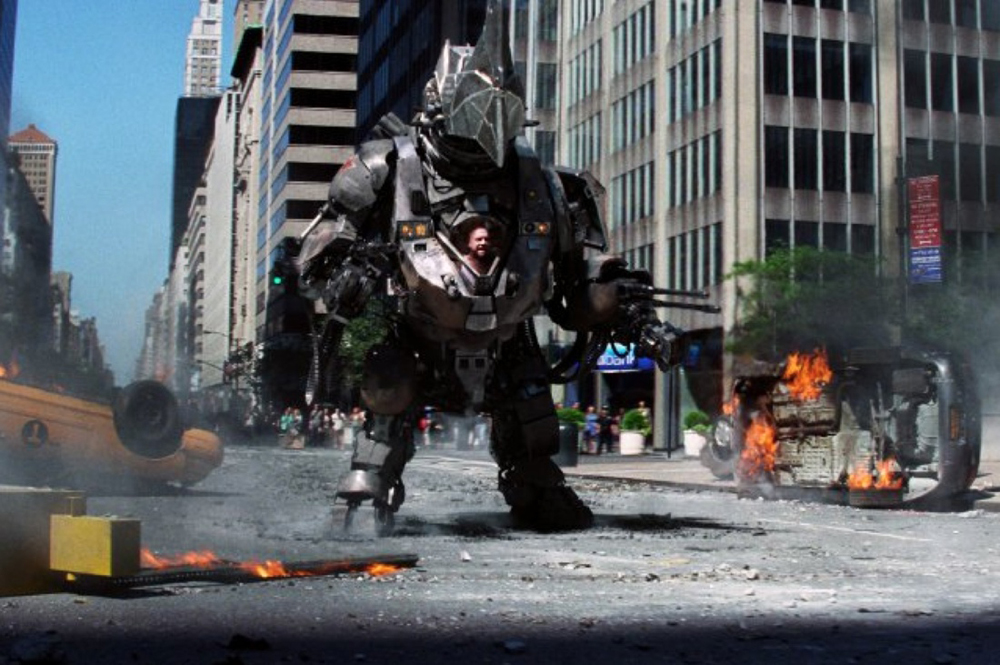
The third and final villain is Rhino (Paul Giamatti), a Russian mobster who has command of a robotic combat suit created by the shady Oscorp Industries in the 1980s. Thirty years on, the battle suit now has a cobbled-together appearance, looking like a Transformer that has seen better times. But it still had to feel like a real-world object. "We wanted to adhere to the laws of physics. … The suit needed to look and feel heavy," said David Shaub, who headed up character animation.
Green Goblin
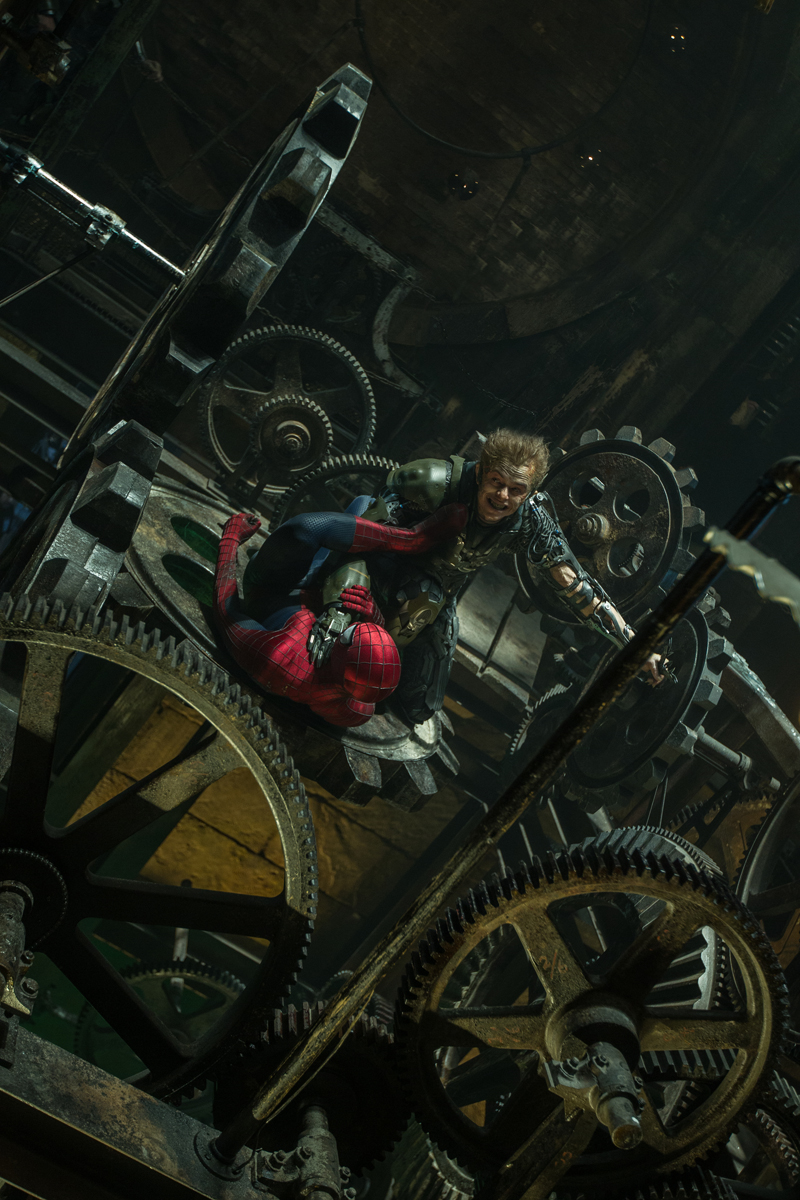
Creation of the visual effects for the other bad guys, such as the Goblin (Dane DeHaan), took inspiration from more prosaic sources. The Goblin's glider, for example, is a craft that's articulated in two places to allow for more complex motions. "We studied snowboarders," said David Shaub, who headed up character animation.
Get the world’s most fascinating discoveries delivered straight to your inbox.
High-tech bad guys
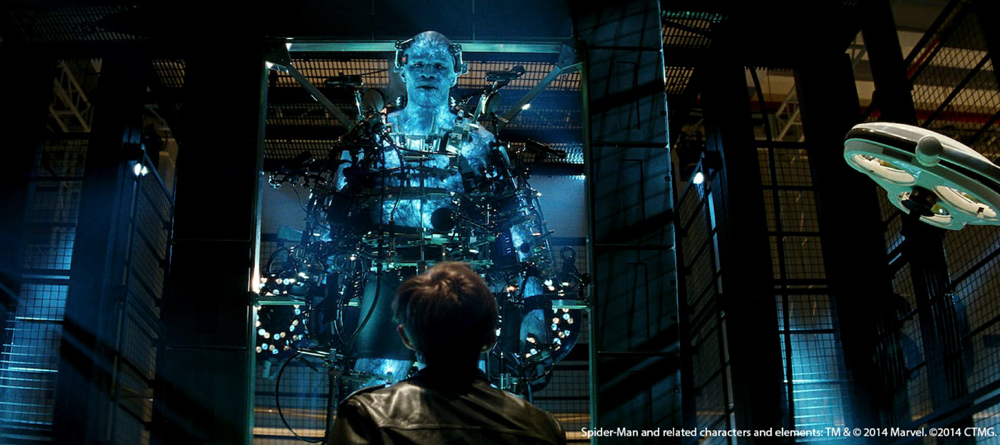
Exosuits abound in "Spider-Man 2," with both the Goblin and Rhino donning the robotic exoskeletons in the flick. Such evildoers use these highly engineered exosuits — similar to some actually in development in the United States — to become superhuman. Wearing the exosuit during the battle between Spider-Man and the Green Goblin was physically challenging for actor Dane DeHaan. A few other exosuits, like Doctor Octopus's arms, appear in the background of scenes at Oscorp.
Real-life superpowers
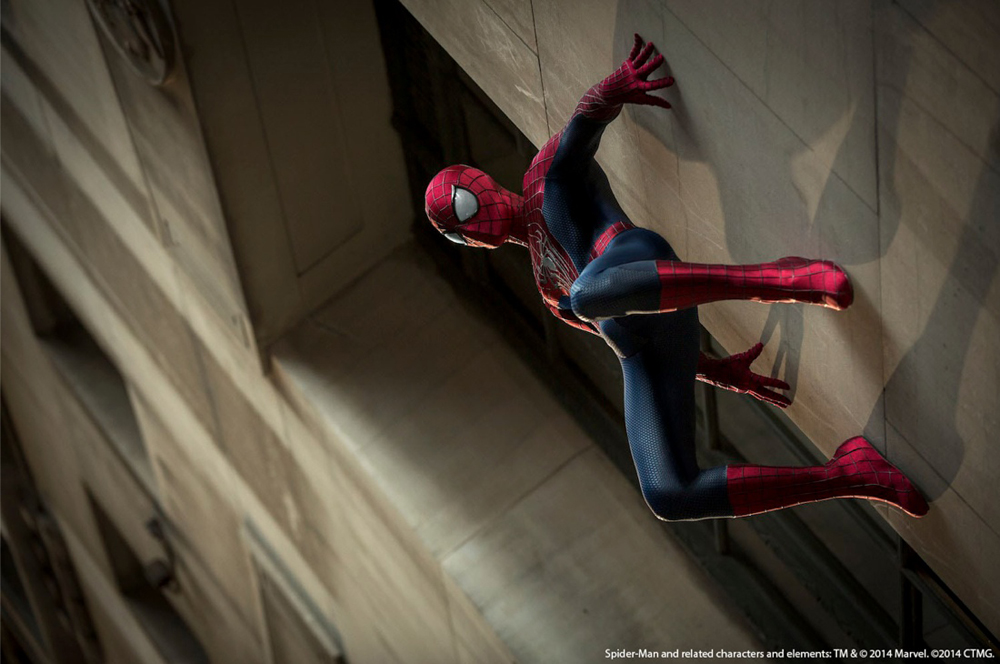
While a spider bite may not give you the superpowers needed to scale walls with the grace and agility of Spider-Man, enthusiasts have developed some robotic means to feel like Spider-Man. For instance, a student at the University of Utah created the so-called Personal Vacuum Assisted Climber (PVAC), which relies on a portable vacuum pack and large suction cups to scale vertical surfaces.



